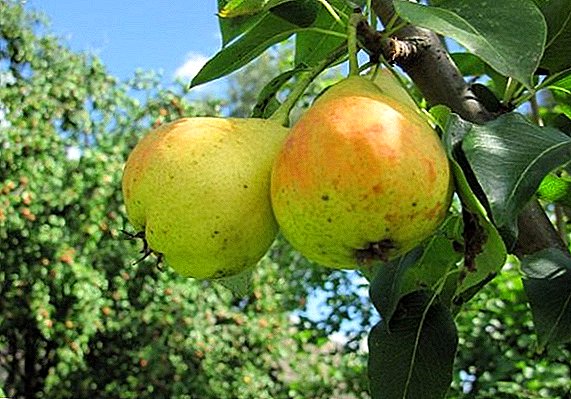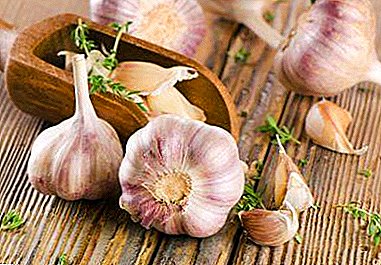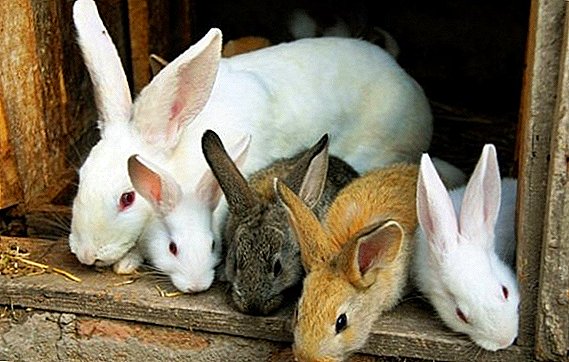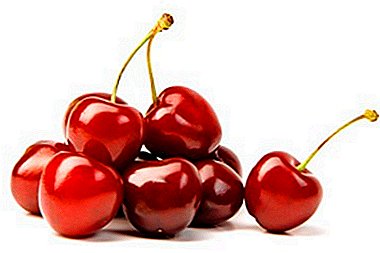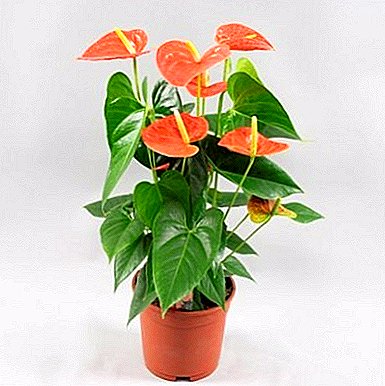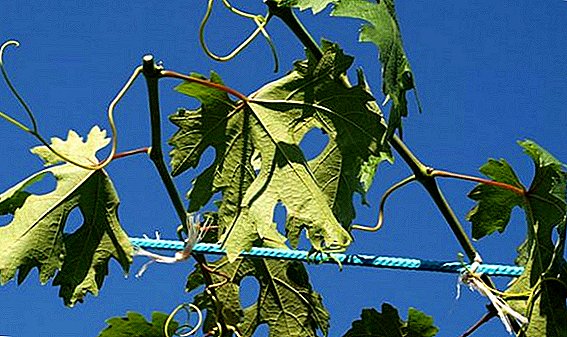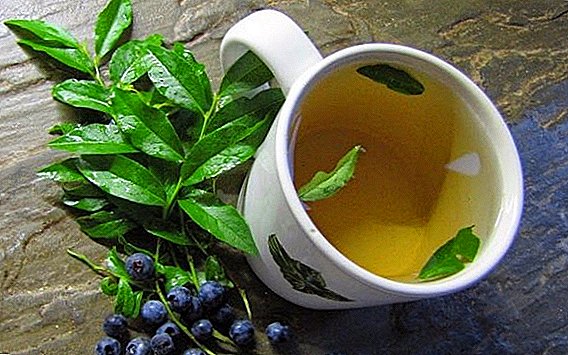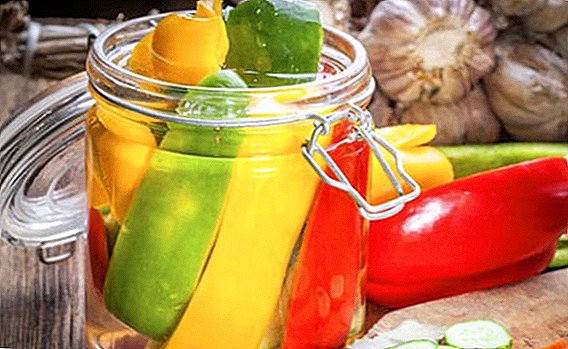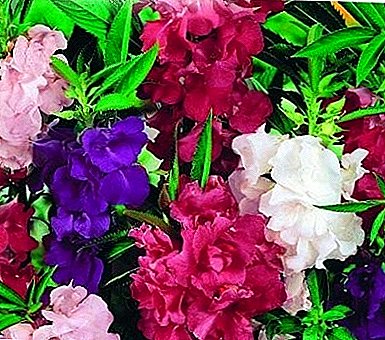
The homeland of camellia balsam is India, South China and Malaysia. In Russia, he promptly won the love of many housewives, who dubbed him with playful nicknames. For example, it is called “wet” because with abundant watering or before a thunderstorm, droplets of sugary moisture appear on the tips of its leaves.
Characteristic, description
Camellia balsamines are straight pyramidal plants. Their stems are thick, juicy, smooth and translucent, filled with juice. Their growth may reach 50 cm The leaves are tender, toothed, long. Balsam flowers are located in their sinuses - lush, bright and colorful. They can be white, lilac, purple, but shades of red (purple, pink and others), which resemble campfire lights, are especially common. In diameter, they are small (about 4 cm), but at the same time they look very impressive.
Caring for balsamic Camellia
Landing
Camellia balsam feels comfortable as in flower pots on window-sills and balconies of apartments, and on open groundin gardens and parks. This is one of the most popular plants for decorating cities: camellia balsam can be found in parks, in flowerbeds of squares, in flowerpots at the entrances to buildings. It is sown in flower pots in early February or in March, planted in the ground in April, when there is no threat of frost returning.

Homemade balsamic camellias in pots can also be taken out in the garden or on the balcony for spring and summer. Choose for them to need a place protected from the wind, since the fragile stem easily breaks.
Here, with moderate lighting, the plants will bloom until frost. But they don't like low temperatures, therefore, it is important to bring them back to the house on time.
Priming
In early summer, seedlings can be transplanted into the ground, to a permanent place. Impatiens loves fertile lungs soil pH 6. It can be peat and sand in the same proportions. Also, the substrate may consist of leaf and sod land, humus and sand in equal parts.
Pot
Capacity for planting camellia balsam should be commensurate with its root system. It is better not to plant these flowers in wide containers: the ground not seized by the roots can quickly sour and provoke the rotting of the roots of the plant. Optimal diameter pot for balsam - 15-20 cm.
Camellia Balsam Transplant
Balsam Transplant - annual procedure. Usually balsams are transplanted in spring, but you can do it in summer. A new pot can be of any shape, but it is believed that those balsams, which are a little crowded, bloom even better than others. Therefore, you should not transplant plants into a too spacious container: trying to fill it with roots, balsam will not find the strength also for flowering.
Watering
Spring and summer watering should be plentiful. It is necessary to carry out it in a couple of days after the top layer of the earth dries.
Do not allow excessive drying, it threatens the fall of the buds.
Waterlogging, in turn, will cause rot. Water for irrigation should be separated by temperature as close as possible to room temperature. In winter, watering should be reduced, but follow its regularity. Because if the flower lacks moisture, its leaves will begin to crumble.
Air humidity

At the optimum temperature (22 degrees) the humidity for a camellia balsam does not matter much. But during the heat the plant needs frequent spraying with settled water.
Thermal mode
In summer, the garden balsam feels good at any temperature. But he does not tolerate the winter frosts, so in the fall the gardeners transplant garden balsams into pots and take them to the room for wintering.
Camellia balsam is loyal to the surrounding temperature in summer. In winter, he prefers 12-16 degrees heat But sudden changes in temperature can greatly harm him.
Light mode
Camellia Balsam is not demanding, but does not like extremes. He is comfortable and on the northern windows, and in shaded flower beds. Room balsams feel great on the eastern and western windows, as well as in the intervals between the two windows in a large bright room. But it is better to protect both indoor and garden flower from direct rays - it does not tolerate a hot sun.
Wintering
Before the frosts, some growers dig out the favorite balsam varieties from the ground and plant them for the winter in pots. For the well-being of such copies requires moderate temperature and good lighting, that it is possible to provide special lighting.
House balsams, accustomed to home conditions, feel comfortable at 12-16 degrees Celsius. At this time of year, they continue to grow, so watering, although reduced, is still needed.
Pruning
In winter balsam as a rule overgrown with shoots. Half of them are pruned in the spring. If you need to stimulate the formation of buds, the tip should be nipped off at the shoot. Due to this, new processes will develop more actively, and the more they will be, the better will be the flowering process. During the year pruning can be carried out if necessary, for example, for thinning.
Bloom

Balsam bloom lasts 6-8 months, from spring to frost. Sometimes it can bloom all year. For it in England camellia balsam was called "Diligent Lizzy".
Fertilizer
Balsam camellia needs to be fed once every two weeks from spring to autumn. To do this, suitable infusion of mullein or half the dose of complex mixtures. In winter, you can use a weak solution of mineral fertilizers.
Growth rate
Camellia balsam grows fast enough. The speed depends on the conditions and care.
Lifespan
Different species life expectancy varies. Among the garden balsamine camellias there are annual specimens. Indoor plants with proper care many years will delight their owners lush and long flowering.
Ways of breeding balsam
The most common camelia balsam grown from seed. And he likes to do it on his own: at the slightest touch to him, ripe fruits crack and the seeds scatter in all directions. For this he was nicknamed "touchless" and "jumper."
Sowing seeds begins in late February or early March. Seeds need to hold a few minutes in a strong solution of potassium permanganate, dried and then sown in moist and drained soil. You need to dig in the grooves no more 5 cm deep, then gently align the palm. Then they need to cover with a transparent film and put in a well-lit place, but not under direct sunlight. Temperature is necessary for germination + 20-25 degrees. Shoots need to gradually accustom in the fresh air, increasingly removing them from the film. When the shoots reach a height of 1 cm, they should be marked out. Grown up and matured plants are planted in the ground in late May.
Possible method of grafting. An adult plant needs to be shielded from the light and wait for its shoots to stretch. They need to be cut with a sharp razor or well-sharpened knife and put in a container with clean water so that the lower leaves do not touch the water and do not rot. In a week, the cuttings will take root and be ready for planting in separate containers with soil. Relocate them to a permanent place in April.
Diseases and pests

The most frequent pest that camellia balsam, this is a spider mite.
It appears due to dry heat (usually the reason for this is the proximity of the plant to the heating devices). The leaves are pink and spotty.
To get rid of the tick, as well as whiteflies and aphids, you can with the help of chemicals, can also help garlic infusion, rubbing leaves with alcohol or washing the whole plant with soap.
Among the diseases inherent in camellia balsamine - different types of rot and fungal diseases. Gray rot on the flowers may appear due to excessive moisture or too low temperature. Roots rot from lack of light, cold or excess moisture. To remedy the situation, you can simply change the conditions of balsam. When rot appears, you need to transplant the flower from the soured earth into fresh, loose soil, having cleaned the roots well beforehand.
No matter what nickname a camellia balsam wears, its character is livable and quite unpretentious. It will be an impressive decoration for both home and garden.
A photo
Next you can see a photo of Balsam Camellia




- Below is a list of articles that may be of interest to you:
- Types of Balsam:
- Balsam Waller
- Balsam Novogvineysky
- Balsam Terry
- Garden Balsam
- Care for Balsamine:
- Diseases and pests Balsam
- Balsam Reproduction
- Balsam Blossom
- Proper landing Balsam


